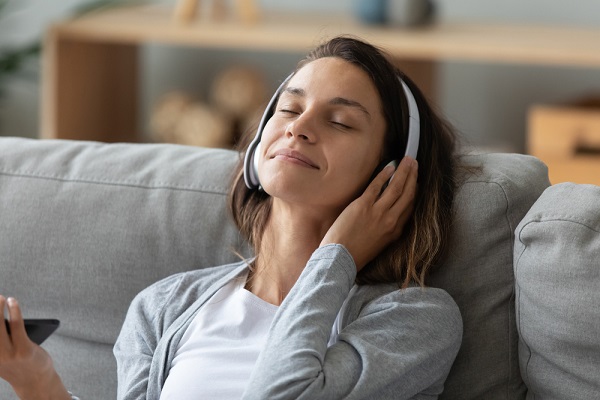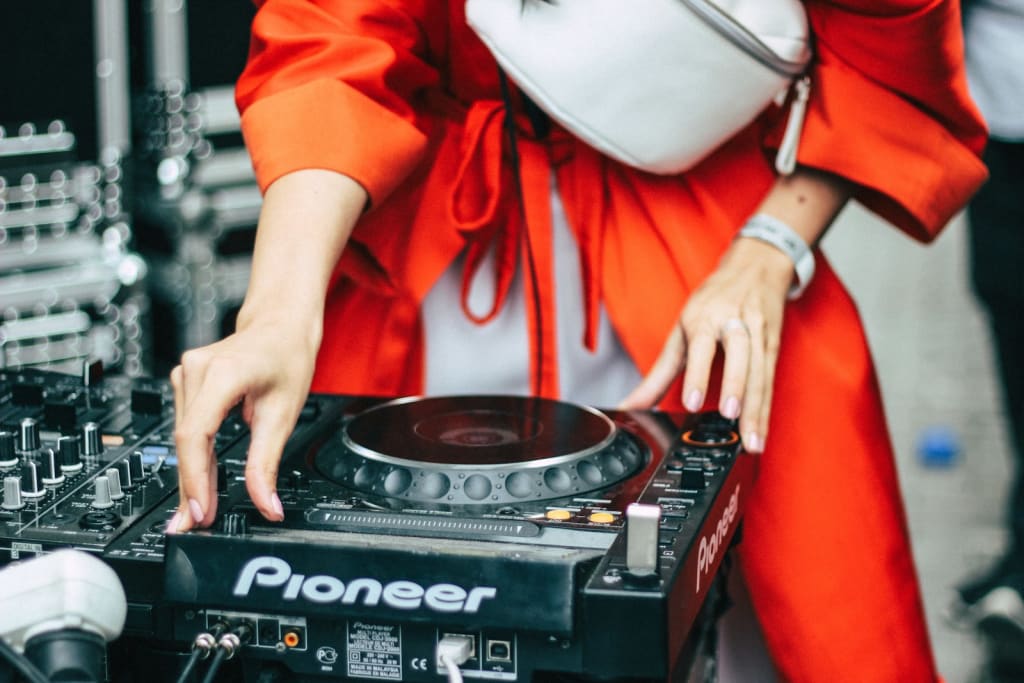Music has been an integral part of human culture for centuries. Whether as a form of expression, communication, or entertainment, music transcends language and cultural barriers, binding people together. Over the course of history, the evolution of music has been influenced by technological advancements, societal changes, and the creative spirit of musicians worldwide. From the complex compositions of classical music to the rise of digital production, the music industry has seen dramatic shifts. In this article, we’ll explore how music has evolved over time, the trends shaping the modern music landscape, and the future of music in
The Classic
The foundations of modern Western music are rooted in the classical tradition, dating back to the ancient civilizations of Greece and Rome. Early music in these cultures was highly ceremonial, often associated with religious rituals or public events. However, it wasn’t until the Middle Ages and the Renaissance that music started to become more structured. Gregorian chants, polyphony, and the development of musical notation helped lay the groundwork for what would become the Western classical tradition.
The Baroque period (1600–1750) marked a significant shift in music with the rise of instrumental music and the emergence of composers like Johann Sebastian Bach, George Frideric Handel, and Antonio Vivaldi. These composers focused on creating intricate, emotional, and technically complex pieces, many of which are still performed today.
The Classical period (1750–1820), led by figures like Wolfgang Amadeus Mozart and Ludwig van Beethoven, brought more accessible and expressive music to the masses. The symphony, sonata, and opera flourished during this time, setting the stage for the Romantic period, where composers like Franz Schubert, Johannes Brahms, and Pyotr Ilyich Tchaikovsky sought to push emotional boundaries with sweeping, dramatic compositions.
The Rise of Popular Music: Jazz, Blues, and Rock ‘n’ Roll
While classical music dominated concert halls and courts, the 20th century saw the birth of popular music genres that would go on to shape global culture. At the turn of the century, jazz and blues emerged in the United States as expressions of African American culture, blending European harmonies with African rhythms and call-and-response techniques. Artists like Louis Armstrong, Duke Ellington, and Bessie Smith helped popularize jazz, making it a global phenomenon.
In the 1950s, rock ‘n’ roll emerged as the dominant force in popular music, driven by artists like Elvis Presley, Chuck Berry, and Little Richard. This genre not only revolutionized music but also youth culture, offering a new sense of rebellion and freedom. The cultural significance of rock ‘n’ roll grew as it became synonymous with the counterculture movements of the 1960s and 1970s, with artists like The Beatles, Bob Dylan, and Jimi Hendrix shaping the soundtrack of a generation.
The 1980s introduced a new wave of music, with the rise of electronic music, the synthesizer, and the advent of MTV. Artists like Michael Jackson, Madonna, and Prince brought larger-than-life performances and music videos into the mainstream, turning music into a visual experience as much as an auditory one.
The Digital Revolution: The Birth of Modern Music
The late 1990s and early 2000s marked a paradigm shift in how music was produced, distributed, and consumed. The rise of the internet and digital technologies allowed for the widespread sharing of music through platforms like Napster, Kazaa, and later, iTunes. As music became increasingly accessible through digital downloads, the way people interacted with music changed dramatically. Music was no longer confined to albums or radio stations—it was available anytime, anywhere.
In terms of production, advancements in digital audio technology, such as MIDI, digital audio workstations (DAWs), and software synthesizers, allowed musicians to create professional-grade music at home. This democratization of music production gave rise to new genres like electronic dance music (EDM) and hip hop, which heavily rely on digital tools. Artists no longer needed major record labels to make an impact; platforms like SoundCloud and YouTube provided independent musicians with the tools to share their work with a global audience.
The streaming era began in the late 2000s with services like Spotify, Apple Music, and YouTube Music, transforming the way people consumed music. Rather than purchasing physical albums or digital downloads, listeners could now stream music on-demand, leading to a shift in how artists earned revenue. Streaming platforms introduced algorithms that help users discover new music and fostered the rise of playlist culture, which has become a central element of music promotion in the modern era.
Modern Music Trends: Genres, Diversity, and Innovation
Today, music is more diverse than ever, with genres blending in exciting and unexpected ways. Hip hop and rap, which began as an underground movement in the 1970s and 1980s, have become some of the most popular genres globally. Artists like Kendrick Lamar, Drake, and Travis Scott have helped elevate the genre to mainstream status, while maintaining its roots in storytelling, cultural commentary, and innovation.
The rise of electronic music continues, with artists like Calvin Harris, Marshmello, and The Chainsmokers bringing EDM to pop radio. Meanwhile, genres like reggaeton, K-pop, and Latin music are enjoying worldwide recognition, driven by stars like Bad Bunny, BTS, and Shakira. This global fusion of sounds highlights how interconnected the music world has become, with influences from all corners of the globe creating new sonic landscapes.
Another major trend in modern music is the growing influence of social media on artists’ careers. Platforms like TikTok have become crucial for music discovery, with viral dance challenges and trends often propelling songs to chart-topping success. Artists are now able to connect with their fans in real time, while social media gives listeners a direct line to the artists they love.
The Future of Music: AI, Virtual Concerts, and Beyond
As we look to the future, the potential of technology to transform the music industry is limitless. Artificial intelligence (AI) is already being used in music composition, with programs capable of generating new melodies, harmonies, and even entire songs. AI can analyze trends and consumer preferences to predict the next big hit, and it may even be used to tailor music to an individual’s unique taste in real-time.
Virtual reality (VR) and augmented reality (AR) are also poised to change how we experience music. Virtual concerts and festivals, which gained popularity during the COVID-19 pandemic, have the potential to create more immersive, interactive experiences for fans. Artists can perform in virtual worlds, allowing fans from around the world to attend events in real time, without the constraints of physical distance.
The advent of blockchain technology may also revolutionize the music industry, particularly in terms of rights management and royalties. Blockchain could ensure that artists are fairly compensated for their work by providing a transparent, decentralized platform for music sales and distribution.
Conclusion
The evolution of music has been a journey of innovation, creativity, and cultural exchange. From the classical compositions of the past to the digital revolution of today, music has continuously adapted to new technologies and societal shifts. As the future of music unfolds, we can expect even more exciting developments that will continue to shape how we create, share, and experience music. Whether through AI-generated compositions, virtual concerts, or the global fusion of genres, the music industry is on the brink of a new era, one where technology and human creativity will intersect in groundbreaking ways. The future of music is not just in the songs we listen to, but in the ways we interact with and experience them.







